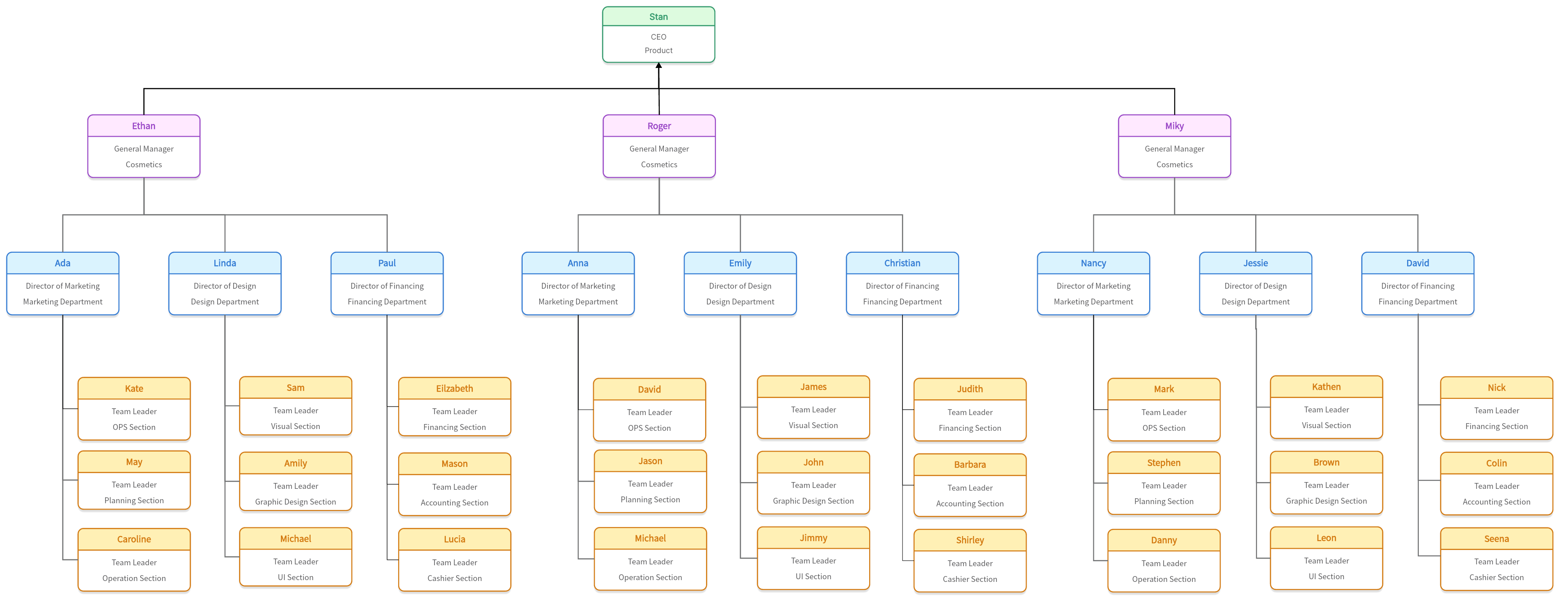In today's complex business environment, structuring your organization can be a challenging task. The way a company is organized can be the difference between efficiency and chaos. Today, we will delve into the world of divisional and functional structures to illuminate the differences, benefits, and drawbacks.
What is a Divisional Structure?
A divisional structure, sometimes referred to as a "product structure", is an organizational configuration in which departments are organized according to the products or services they produce. Each division operates somewhat autonomously, having its own set of resources, like human resources, finance, marketing, to name a few.
How does this work in practice? Take a multinational corporation like PepsiCo for example. PepsiCo has multiple divisions based on their various product lines—Pepsi, Frito-Lay, Tropicana, Quaker, and so on. Each division works as a separate entity, with its own profit and loss responsibility.

What is a Functional Structure?
On the other hand, a functional structure groups people who have similar skills and perform similar tasks. The organization is divided into different departments, like marketing, human resources, operations, IT services, finance, etc., where professionals with specific expertise work together.
Let's illustrate this with a technology startup example. Given the focused product range and smaller scale, it may be beneficial to set up functional departments where specialists work together on tasks related to their specific function. The marketing team works on brand development, the tech team builds and refines the product, while finance handles budgeting and forecasting.

What's the Difference Between a Divisional Structure and a Functional Structure?
Both divisional and functional structures are designed to help an organization achieve its goals and objectives. However, they differ significantly in terms of how they are structured and operate.
Distribution of Resources
In a divisional structure, each division has its own set of resources - personnel, budget, and other assets - to accomplish its objectives. This leads to a high degree of independence, enabling each division to make quick decisions that are best for its specific market or product line.
In contrast, a functional structure concentrates resources based on specialization. All marketing personnel and resources, for instance, would be concentrated within the marketing department. This leads to greater efficiency within each department, but could potentially create challenges in coordinating activities across departments.
Decision-Making Process
A divisional structure is characterized by decentralized decision-making. Since each division functions as a separate entity, it has the freedom to make decisions quickly in response to changes in its specific market or product line.
In contrast, decision-making in a functional structure tends to be more centralized. All major decisions would typically need to go through the top management team. While this can lead to more consistent decision-making across the organization, it could also potentially slow down the decision-making process.
Cross-Functional Coordination
In a divisional structure, cross-functional coordination is primarily handled within each division. Since all functions related to a particular product line are housed within the same division, it's easier to coordinate activities across functions.
On the other hand, coordinating activities across different functions can be more challenging in a functional structure. Since each function operates somewhat independently, mechanisms would need to be put in place to facilitate coordination across different functions.
The choice between a divisional structure and a functional structure depends on various factors such as the nature of your business, size of your company, diversity of your products or services, and your market environment.
Frequently Asked Questions about Divisional and Functional Structures
Can a company have both functional and divisional structure?
Yes, a company can implement both functional and divisional structures. This is often referred to as a 'matrix structure'. Under this arrangement, employees report to both a functional manager and a divisional or project manager. It allows for efficient sharing of specialized resources across products or projects and promotes adaptability and flexibility.
However, it's worth noting that matrix structures can present their own set of challenges, including potential confusion over responsibilities and increased complexity in coordination and communication. It's critical for the leadership to effectively manage these potential issues for a matrix structure to succeed.
What Are the Major Advantages of a Functional Structure Over a Divisional Structure?
A functional structure boasts several significant advantages over a divisional structure:
- Efficiency: By grouping employees with similar skill sets and job roles together, a functional structure allows for more efficient resource allocation. It also often leads to economies of scale.
- In-depth Specialization: This type of structure encourages specialization, leading to a higher level of expertise and quality of work within each function.
- Ease of Supervision: With clear departmental boundaries, supervising and coordinating activities within each function become easier for management.
- Development Opportunities: As employees work within their specialized areas, they have more opportunities to grow and develop their skills in that particular field.
However, these advantages need to be weighed against potential downsides such as risk of silo mentality and slower response to external changes.
Are There Any Types of Organizational Structures Other Than a Divisional Structure and a Functional Structure?
Yes, there are other types of organizational structures besides the divisional and functional structures:
- Hierarchical Structure: This is a traditional form of organizational structure where each employee has one clear superior, and staff levels are clearly defined.
- Matrix Structure: As mentioned earlier, this structure combines elements of both functional and divisional structures. Employees have dual reporting lines - one to a functional manager and another to a project or product manager.
- Network Structure: This type of structure relies heavily on outsourcing various operations while keeping core functions in-house. It is flexible and adaptable, making it ideal for companies operating in dynamic and complex environments.
For further insights into these structures and others, we invite you to read our comprehensive guide 8 Types of Organizational Structures for Businesses.








